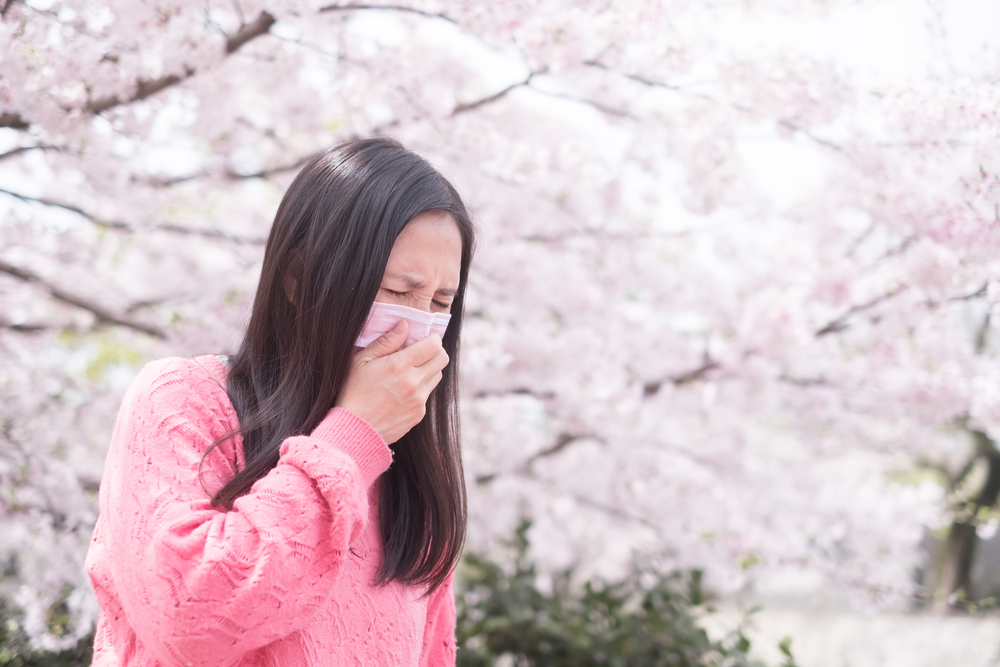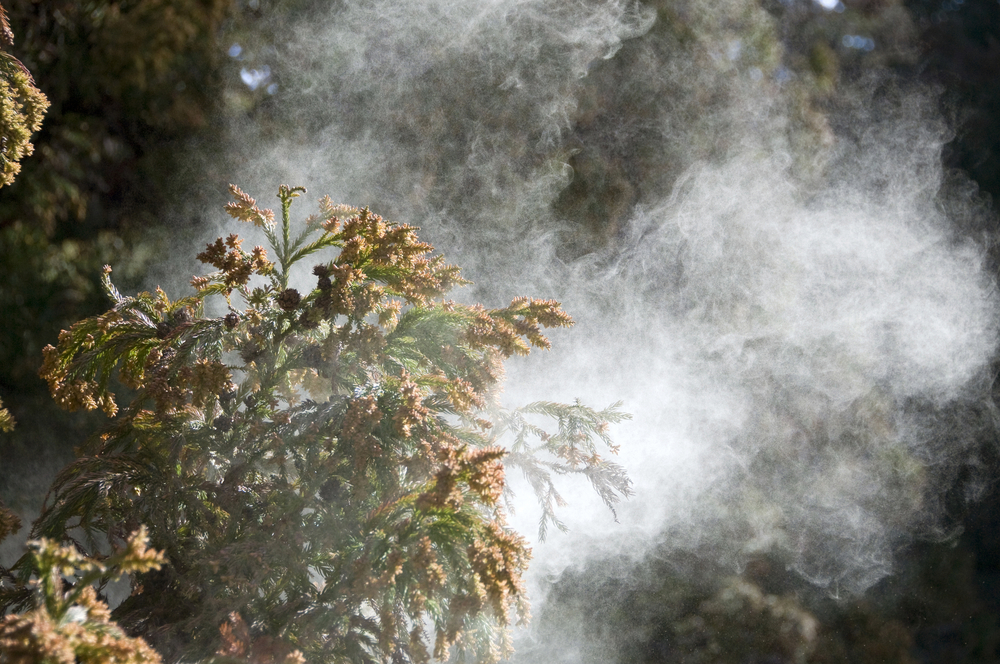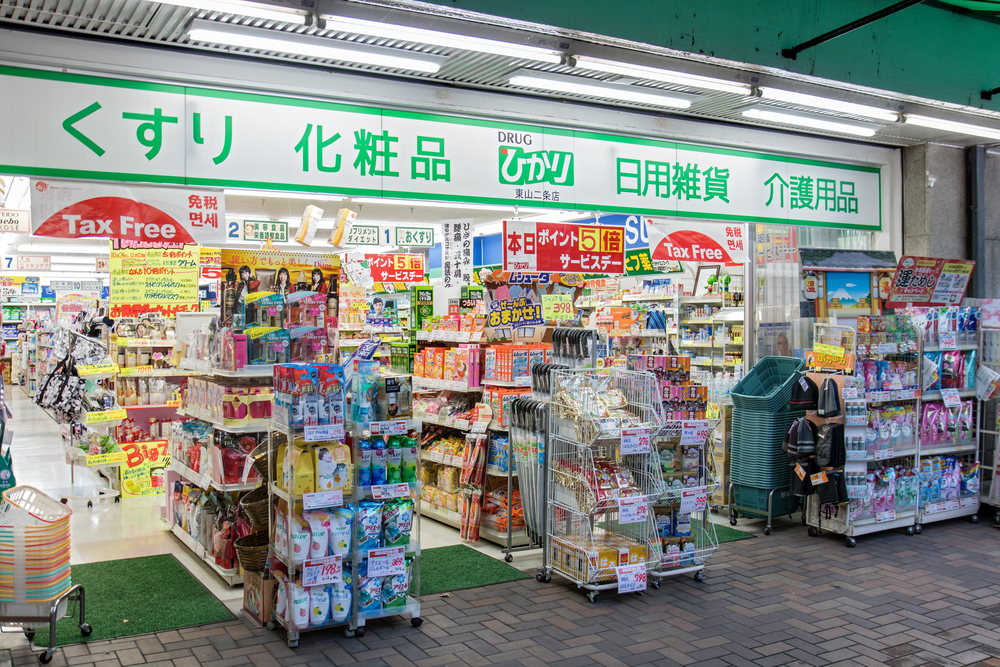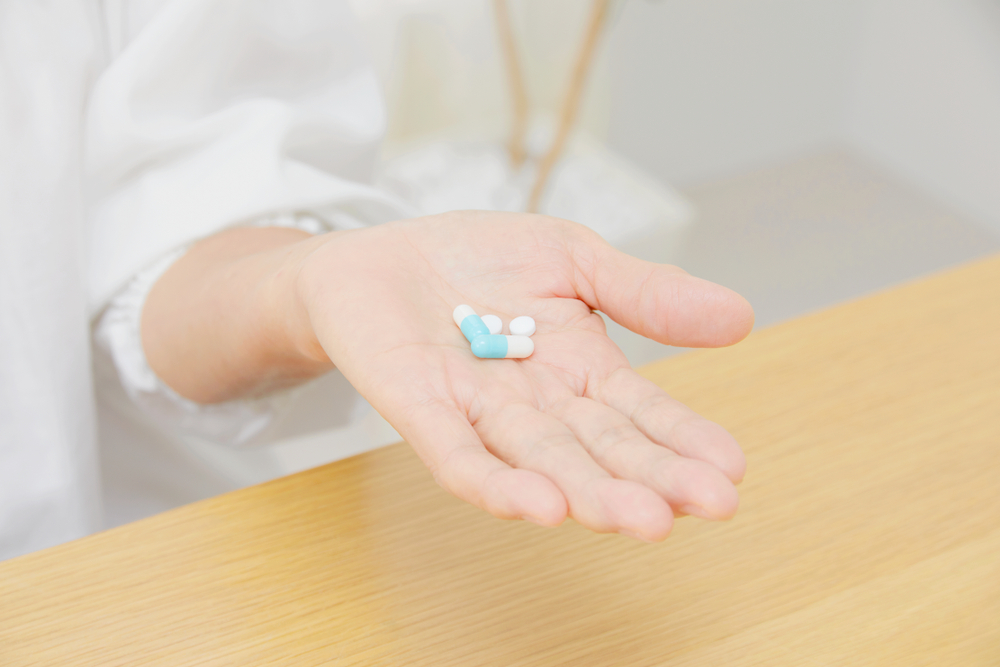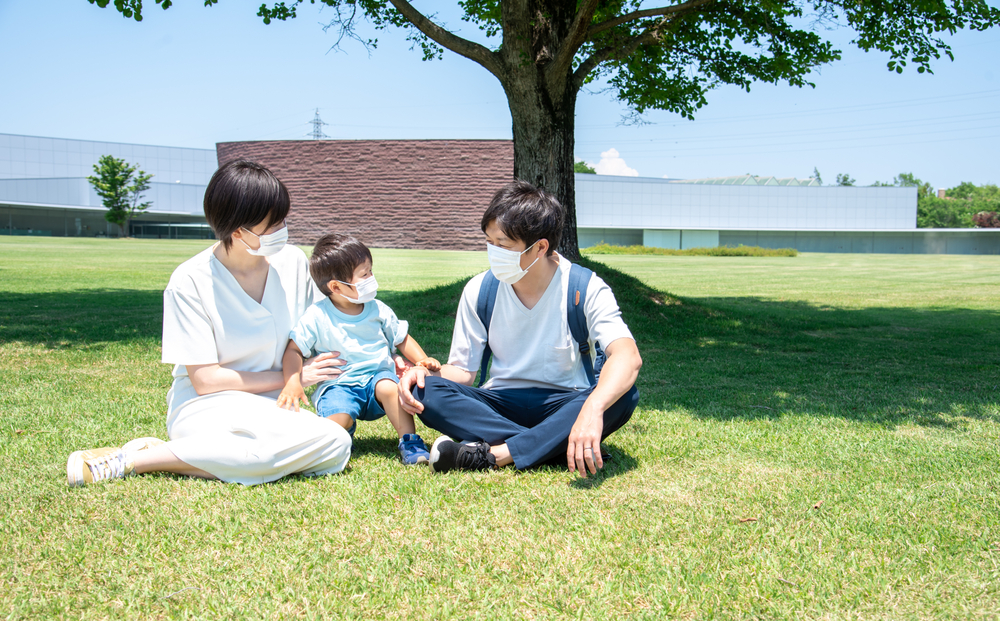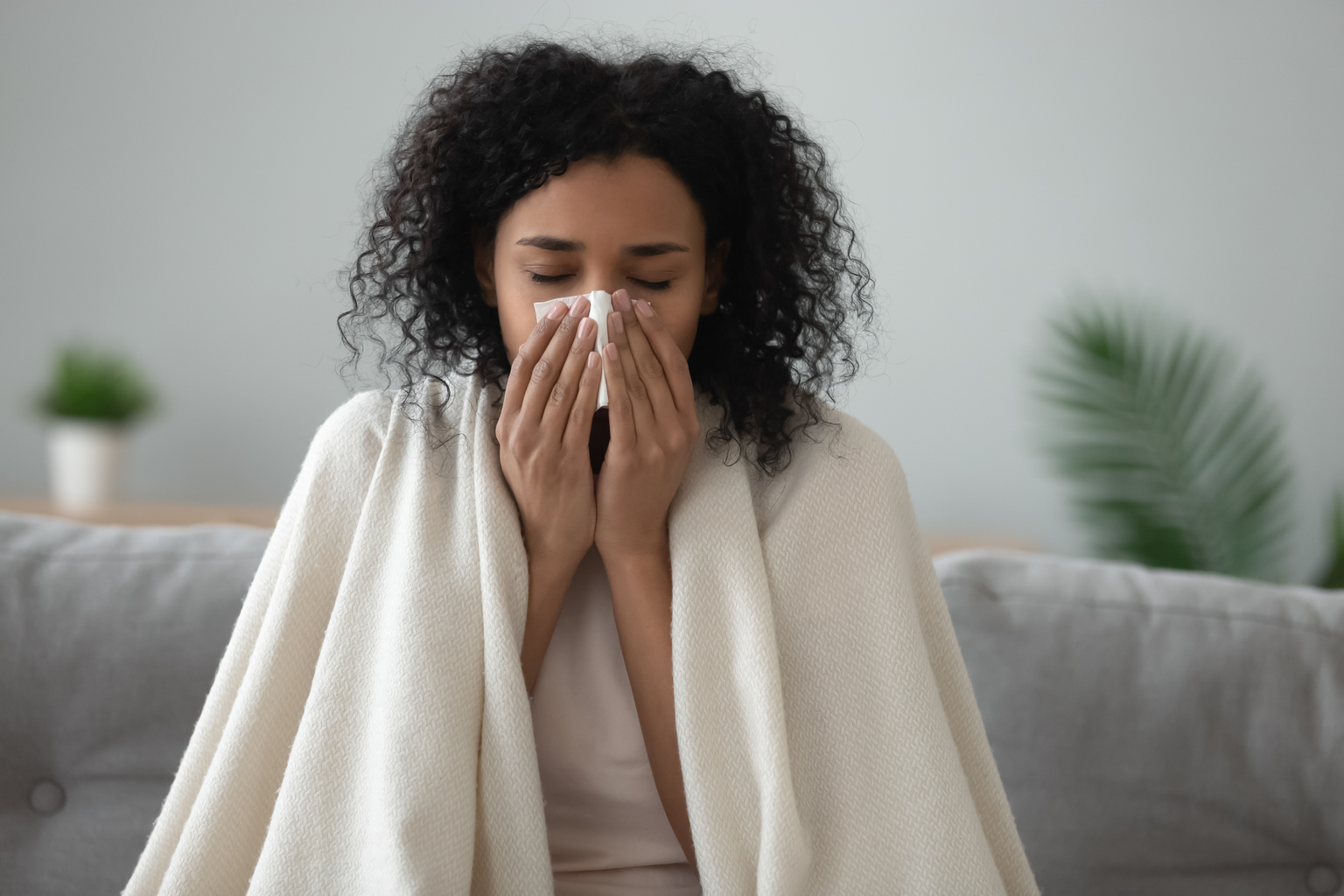Hay fever, seasonal allergic rhinitis, seasonal allergies, pollinosis, kafunsho: Call it what you will, the condition can wreak havoc on your health, destroy your productivity, and completely tank your quality of life. And as the years go by, more and more people are affected, meaning that even if you don’t suffer now, you aren’t necessarily guaranteed a hay fever-free forever.
That’s not to say that you have to suffer: There are a number of treatment options, from temporary to (possibly) permanent, pharmaceutical to au naturel. However, as not all work for everyone, finding an effective regimen could take some trial and error.
Prepare your defenses for the battle against allergy-causing pollen, most notably that of Japanese cedar (sugi) and Japanese cypress (hinoki), which pollutes the air from February to May with a combination of the following.
Reduce Your Pollen Exposure
Lots of pollen makes for lots of misery—and not just for those already diagnosed with hay fever. Being exposed to high levels of pollen can also up your chances of developing hay fever in the first place. As a result, everyone should do their utmost to avoid the stuff.
Begin by paying attention to pollen levels. There are several websites that will help you do this, including weather.com.
Or you can go by the wisdom of the Bureau of Social Welfare and Public Health’s Tokyo Allergy Portal Site, which states that pollen counts tend to be high on warmer days, the first sunny day after rain and on days that combine sun, high winds and dry air. On these days, avoid spending time outdoors, dry laundry indoors and keep your windows closed when possible. If you need to air out your futon, vacuum it before setting it back up.
Regardless of how careful you are at keeping the pollen out, though, some is bound to make its way into your home. Counter its sneaky attack by investing in an air purifier or cleaner. Those with high-efficiency particulate air (HEPA) filters receive high marks in studies, as do ionizers. While cleaning your air, humidify it a tad—but not too much: Too-dry air can exacerbate symptoms, while too-moist air encourages dust mites and molds, leading to other allergic rhinitis issues.
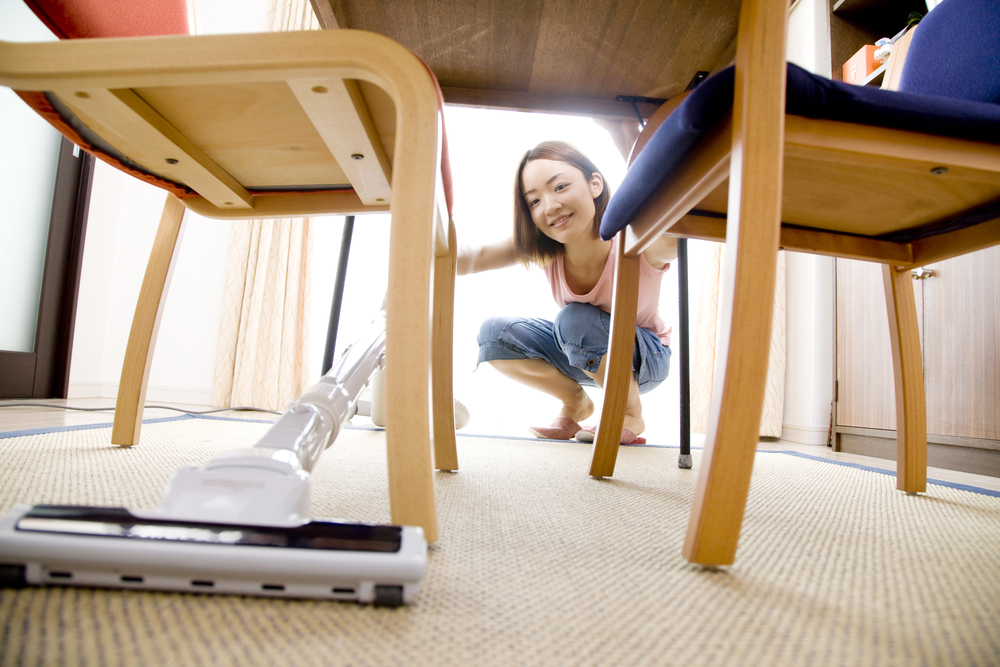
Vacuum and wipe down floors and surfaces with a damp cloth regularly. Vacuums with sealed HEPA filters are the best way to keep all the pollen getting sucked up from being blown back into your house. Particular care should be taken when emptying bagless models to avoid getting caught in a cloud of pollen and dust.
Even your fashion choices can affect how your hay fever progresses. According to the Ministry of Health, Labour and Welfare, woolen outerwear is not your friend during allergy season as pollen tends to stick to it. Instead, the ministry recommends smooth cotton or synthetic fabrics. Topping things off with a hat can also cut down on the amount of pollen that lands in your hair and on your face.
Accessorize with a mask and pollen-blocking glasses. Glasses shops like Zoff and JINS can even pop in your prescription. Sprays that prevent pollen from adhering to your skin and clothing, like Ihada Aller Screen EX and AS Pharmaceutical Allergy Blocker, Pollen Guard Spray, Mom & Kids, and pollen-blocker creams applied inside the lower part of your nose from brands such as Dr. Theiss Naturwaren GmbH add extra protection. Tiny filters that fit in your nostrils, like those from WoodyKnows, can also help cut down on how much pollen enters your system.
Rounding out ways to keep pollen at bay are these simple tips: Brush yourself (and any pets) down before entering your house, and once inside, wash your hands and face, and gargle to wash away any pollen coating your throat.
Find Relief for Minor to Moderate Symptoms at the Drugstore
The next step to reclaiming a congestion-free life is finding medication(s) to alleviate your symptoms. For best results, treatment should begin before symptoms start, so stock up in advance and keep an eye on pollen forecasts.
Japan has a dizzying array of over-the-counter (OTC) hay fever medications available at drugstores. Recognizable brands such as Claritin EX (available on drugstore shelves without pharmacist assistance from this year) and Allegra FX (also on shelves) can be found in Japanese drugstores, as well as many other medications that contain the same antihistamines as your favorite brands from home.
While those with milder symptoms may find relief with the meds on the shelf, if you suffer from moderate to severe symptoms, head to the counter to request something stronger, such as Stonarhini Z, an OTC drug that contains cetirizine hydrochloride, the active ingredient in the prescription-only Zyrtec 10mg, a common allergy medication abroad. Stonarhini Z does require a consultation with the pharmacist, but it will save you a trip to the doctor’s office.
You’ll also find eyewashes, such as Aibon from Kobayashi Pharmaceutical, eyedrops, such as Rohto C Cube, and a variety of nasal sprays at drugstores to help with specific symptoms.
Relieve Moderate to Severe Symptoms with Prescription Medication
If even behind-the-counter OTC drugs aren’t improving your quality of life, it’s time to visit the doctor’s office to request prescription medication. You can match your symptoms to your choice of clinic, visiting an ENT clinic (耳鼻咽喉科, jibiinkouka) for sinus-based symptoms or an ophthalmology clinic (眼科, ganka) for itchy eyes. Clinics specializing in internal medicine (内科, naika) and allergies (アレルギー科, arerugiika) can also provide treatment, as can your child’s pediatric clinic (小児科, shonika) should your kids start suffering from seasonal allergies.
You’ll likely walk away from the doctor’s office with a prescription for a medley of medications, including oral antihistamines, eyedrops and a nasal spray. Take your prescription to a pharmacy, collect your meds and take them as required, keeping in mind that some allergy medications cause drowsiness and therefore require extra care.
For a list of hay fever medications common in Japan, visit Minato Shiba Clinic’s website. If you’ve been given a prescription and are wondering what it is, look up your medication on the Kusuri-no-shiori website, which is searchable in English and Japanese.
For severe nasal symptoms, ask your ENT specialist or allergist about laser therapy which, according to an NHK article on hay fever treatments from 2019, decreases pollen sensitivity by reducing the mucus surface inside the nose. Laser therapy provides significant relief for several months or longer but must be done approximately one month before allergy season begins.
Try Long-term Treatment for Long-term Results
Those with severe symptoms and those who can’t bear the thought of suffering for the rest of their lives should look into sublingual immunotherapy, which involves under-the-tongue tablets, and subcutaneous immunotherapy, which is also known as allergy shots.
Both therapies take several years to complete: Sublingual immunotherapy requires patients to take pills most days of the week, if not daily, for three years or more. Since pills can be taken at home, few visits to the clinic are required. Subcutaneous immunotherapy, on the other hand, requires three to five years’ worth of weekly to monthly visits to the doctor’s office to receive shots.
The good news is that many patients begin to see their symptoms diminish before treatment is completed. Even better, both treatments are partially covered by national health insurance.
Add Natural Remedies and Alternative Therapies to Reduce Symptoms
A multi-pronged approach to hay fever management is the best way to keep well over allergy season, and aromatherapy, acupuncture and the consumption of probiotics have all shown promising results in symptom management.
While research is still fairly scarce, there is some support for the use of essential oils, including peppermint, lavender and lemon, in the alleviation of hay fever symptoms, including congested sinuses and allergic inflammation. Shake a few drops into a diffuser or a bath for relief, but do tread carefully, as certain oils can be dangerous for babies, small children and pets. Essential oils can also cause breathing difficulties for those with asthma and other allergies.
Several studies have shown acupuncture to be beneficial in the treatment of certain hay fever symptoms, including one out of Griffith University in Australia which found that regular acupuncture treatments (two per week for eight weeks) lessened the severity of symptoms including nasal congestion, sneezing, itchy eyes and unrefreshed sleep. The key is regularity, however: Fewer than two treatments per week, and you might as well not bother.
Finally, studies from the aforementioned Griffith University, the University of Florida, Comprehensive Allergy Center Charité Berlin, and various other institutions have found that certain probiotics—strains of lactobacilli and bifidobacteria in at least two of the studies—can help alleviate certain hay fever symptoms. Since probiotic-rich drinks and yogurts are plentiful these days, adding them to your diet is easy. Some locals swear by R-1, a probiotic yogurt drink from Meiji, while others, looking for a heftier punch, order Kyo-Dophilus from iHerb.
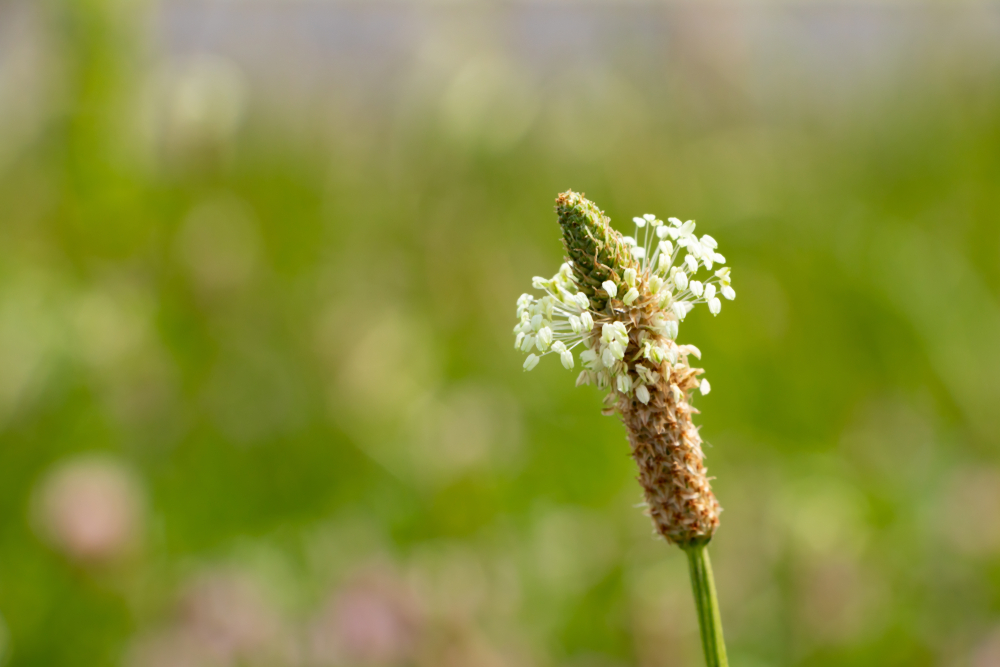
Though hay fever gets a lot of press in the first few months of the year, it isn’t just a spring problem. If you suffer from congestion, itchiness or poor sleep in summer or fall, consider that an allergy to grasses and weeds could be causing your discomfort and visit your local drugstore or clinic for relief. Then, combine pollen-reduction techniques, medication and alternative therapies to kick kafunsho to the curb.

